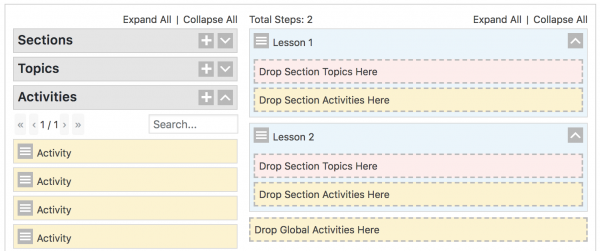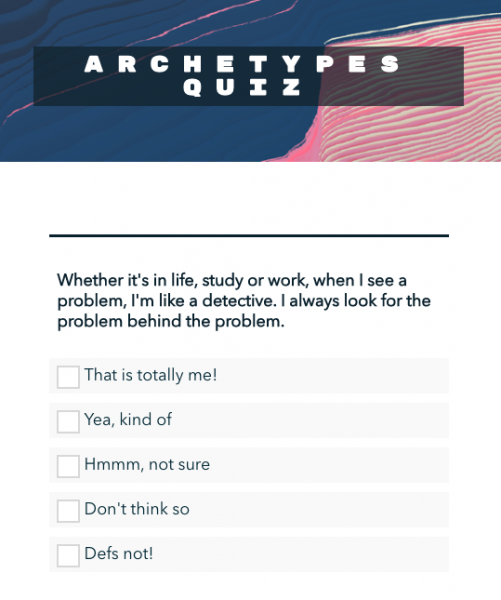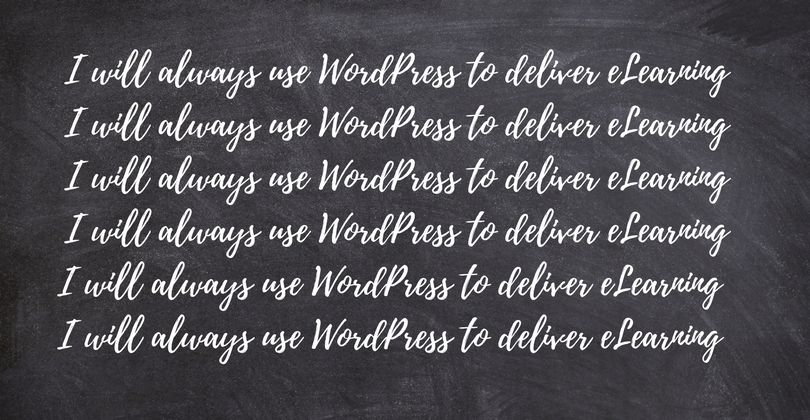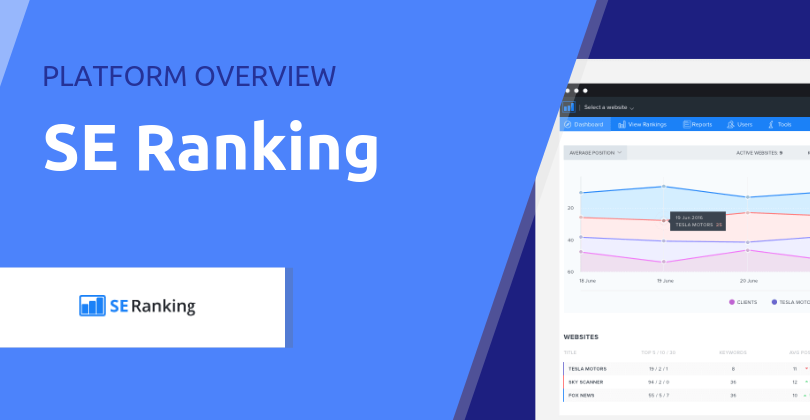Most organisations and businesses now have a web presence, with open-source software such as WordPress making this a relatively painless and inexpensive process.
But it’s becoming more and more popular for organisations to also provide targeted educational experiences through their web presence.
Let’s look at some of the ways in which this can be done on a WordPress website.
- Embedding e-learning content into your site
You can easily embed interactive educational content such as interactive videos, infographics, animations or trivia quizzes into most WordPress pages or posts. While this might not allow you to see specific details about who has engaged with your learning, it’s by far the easiest approach if you simply want to provide educational content on your website. - Building a ‘bridge’ to an existing learning management system
If you already have a learning management system (LMS) such as Moodle set up you can integrate the two systems via a WordPress plugin such as Edwiser bridge. - Turning your WordPress site into an LMS
Last but not least you can turn your WordPress site into a fully functional LMS by using a number of different LMS plugins such as LearnDash or Sensei.
So, as an example, let’s investigate option #3 more closely, and answer some of the more frequent questions around creating an LMS within your WordPress site.
Building educational content
The best thing about using a WordPress LMS plugin to publish e-learning content on your website is that it’s all done through the WordPress dashboard. This is great for people who are already familiar with WordPress as it dramatically reduces the time spent familiarising yourself with a new interface.

For example, the LearnDash plugin allows you to create e-learning courses via its Course Builder, which is accessible within the WordPress dashboard. Using this plugin, you simply create e-learning content as you go and drag and drop it into place.
As can be seen in the image below, you build your course by dragging and dropping the sections, topics and activities in the left-hand column into the relevant lesson on the right. You can also re-use e-learning content, adding the same content to multiple courses or sections without having to create duplicates of that content. That might not sound like much but it’s surprising how often this feature is lacking in learning management systems.

E-learning activities that can be created on WordPress
Using WordPress as your learning management system means that you can use any of the multitudes of content-generating plugins out there to create the interactive content you want and embed this content into the pages of your online course.
The most commonly desired activities are multiple choice quizzes, short-answer or essay questions, matching activities and the ability to easily upload assessment files. All of these activity types are possible with the LearnDash LMS plugin.
On top of that you can use additional plugins to create other types of cool content like storytelling tools, highlighted or clickable images, interactive videos or ‘BuzzFeed’ style trivia or personality quizzes (see ARI Stream Quiz).

Sell your courses
It’s common for people to want to sell at least some of their online courses. We all have to eat right? Most WordPressians would be familiar with the WooCommerce plugin, and yes, WooCommerce is indeed the best way to monetize your e-learning offerings. Both the LearnDash and Sensei plugins integrate well with WooCommerce – LearnDash through its WooCommerce integration plugin and Sensei through its native support (not surprising as it was created by the people behind WooCommerce itself).
Creating reports of online course completions and learner progress
Tracking data has had a bad wrap lately, however for training organisations there’s no way of getting around the requirement to report on your learner’s progress and their results. Whether it’s for auditing purposes or to help identify and assist students who are struggling with their learning, using WordPress as an LMS has the capability to generate rolling reports on student progress and completions.
If you’re using the LearnDash LMS plugin, the additional ProPanel plugin embeds a snapshot of LMS data on your WordPress dashboard. It also allows teachers, facilitators and assessors to see and mark students’ assignments and essay submissions. Course or user reports can be downloaded as CSV files and emailed to your learners directly from the dashboard.

Embed SCORM content into WordPress
SCORM is disliked by many but used by many more. SCORM is an e-learning standard that allows you to publish trackable content using popular e-learning software such as Captivate or Storyline. Love it or loathe it, the bottom line is that SCORM is here to stay (for now at least).
Integrating SCORM e-learning content into WordPress is not so easy as it is using other systems such as Moodle. However, the good news is that it’s completely possible. You can either use the SCORM Cloud for WordPress plugin (you will need a SCORM Cloud account) or if you’re using LearnDash, the TinCanny LearnDash reporting plugin does the job very nicely. Don’t be fooled by the name – ‘Tin Canny’ refers to the Tin Can/xAPI standard (SCORM’s latest iteration) but it can accommodate SCORM 1.2 and SCORM 2004 as well.
See examples
The folks at eLearn Australia recently worked on a WordPress LMS with YLab, a consulting, learning and digital storytelling enterprise who offer courses on social change.
Take a look at the YLab learning portal and register for any of the free modules to see a WordPress LMS at work. And if you have any questions hit us up at hello@elearnaustralia.com.au!

About the author
Sarah Bock is an educational developer with over 15 years of experience building online tools, courses and educational mobile applications. Her work with training organisations in the community, tertiary and vocational education sectors has given her exposure to and experience in a wide range of educational technologies including learning management systems, database technology and mobile platforms.
Sarah currently lives in Brisbane and works as a manager and lead developer in her company eLearn Australia.





